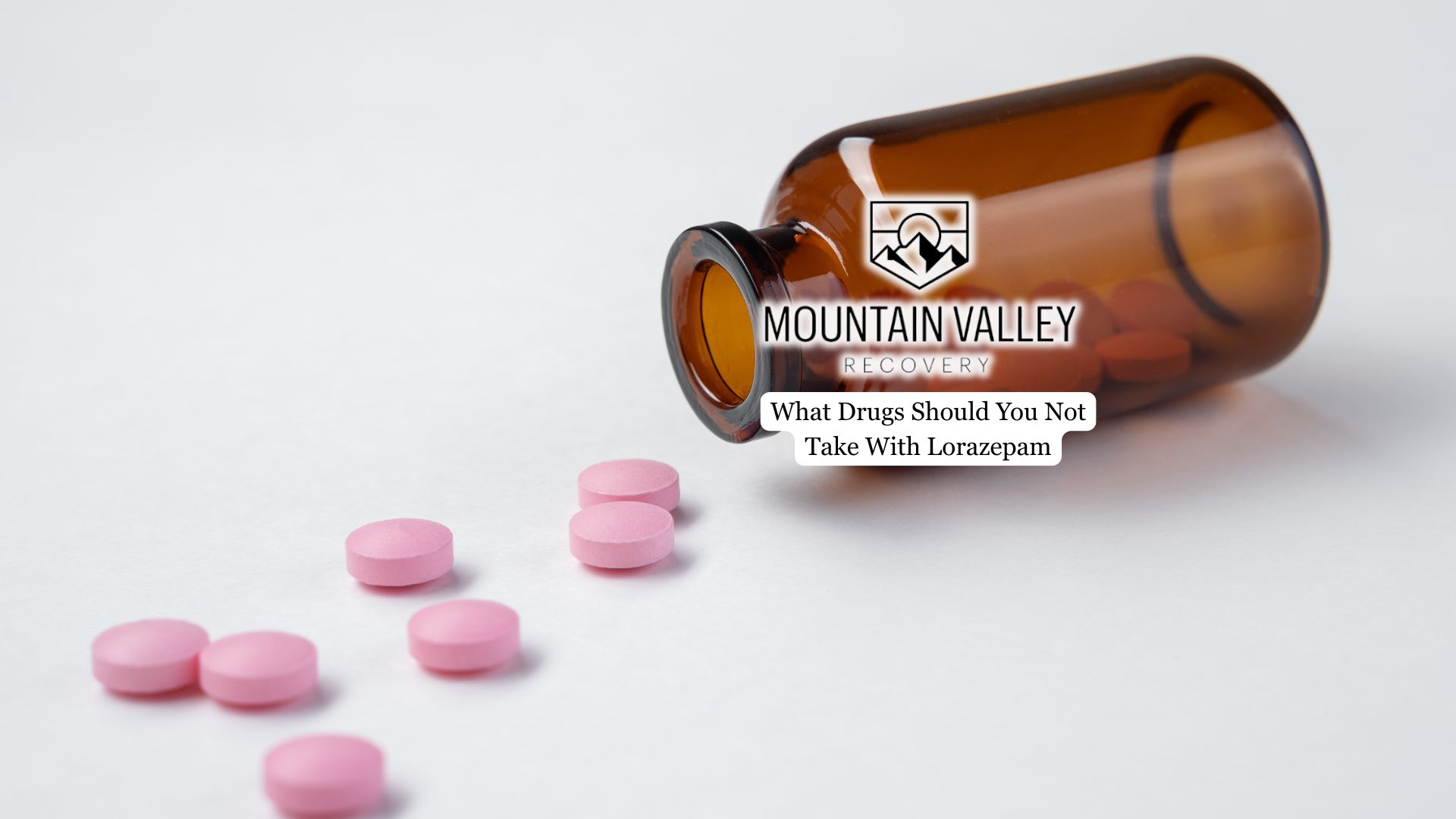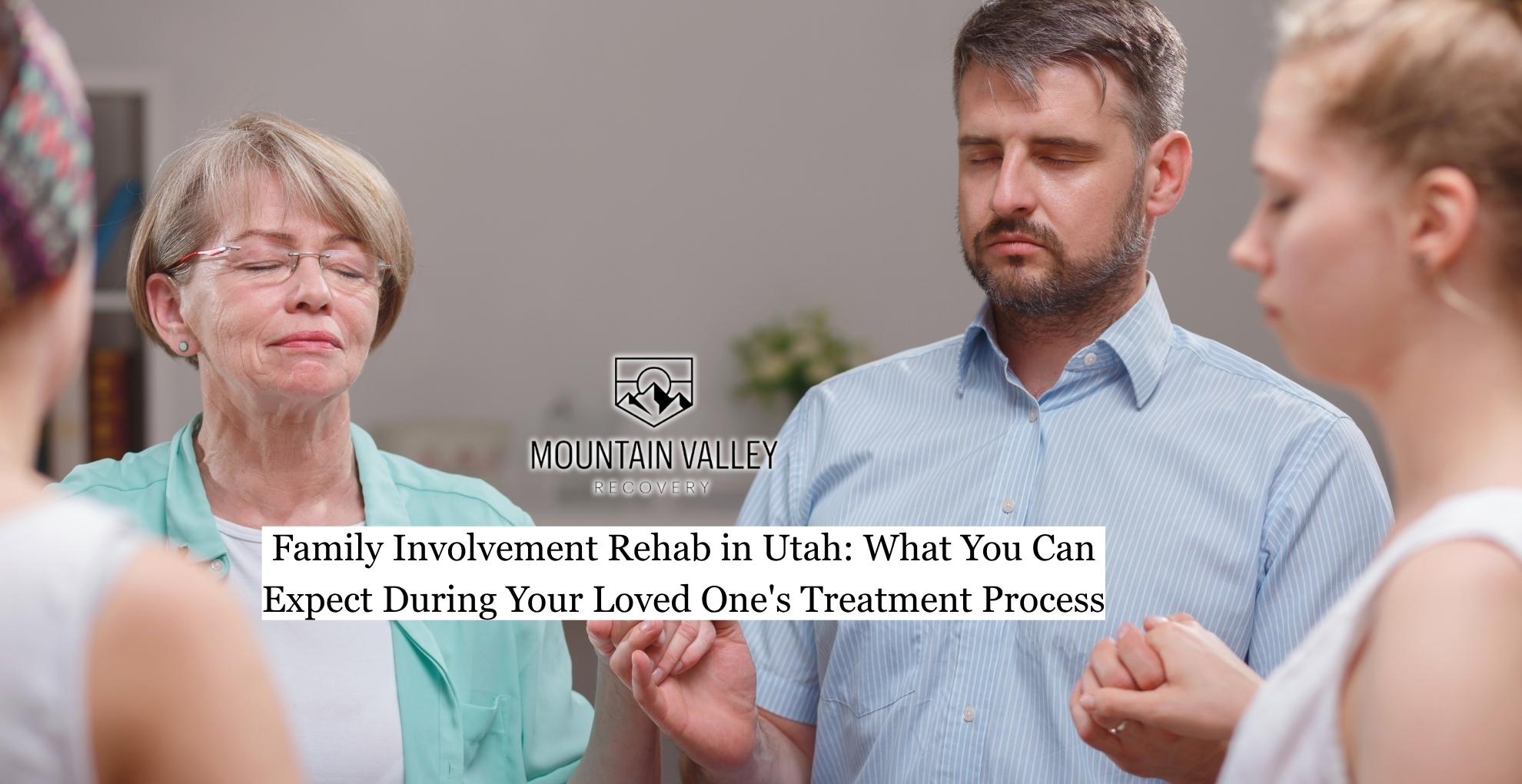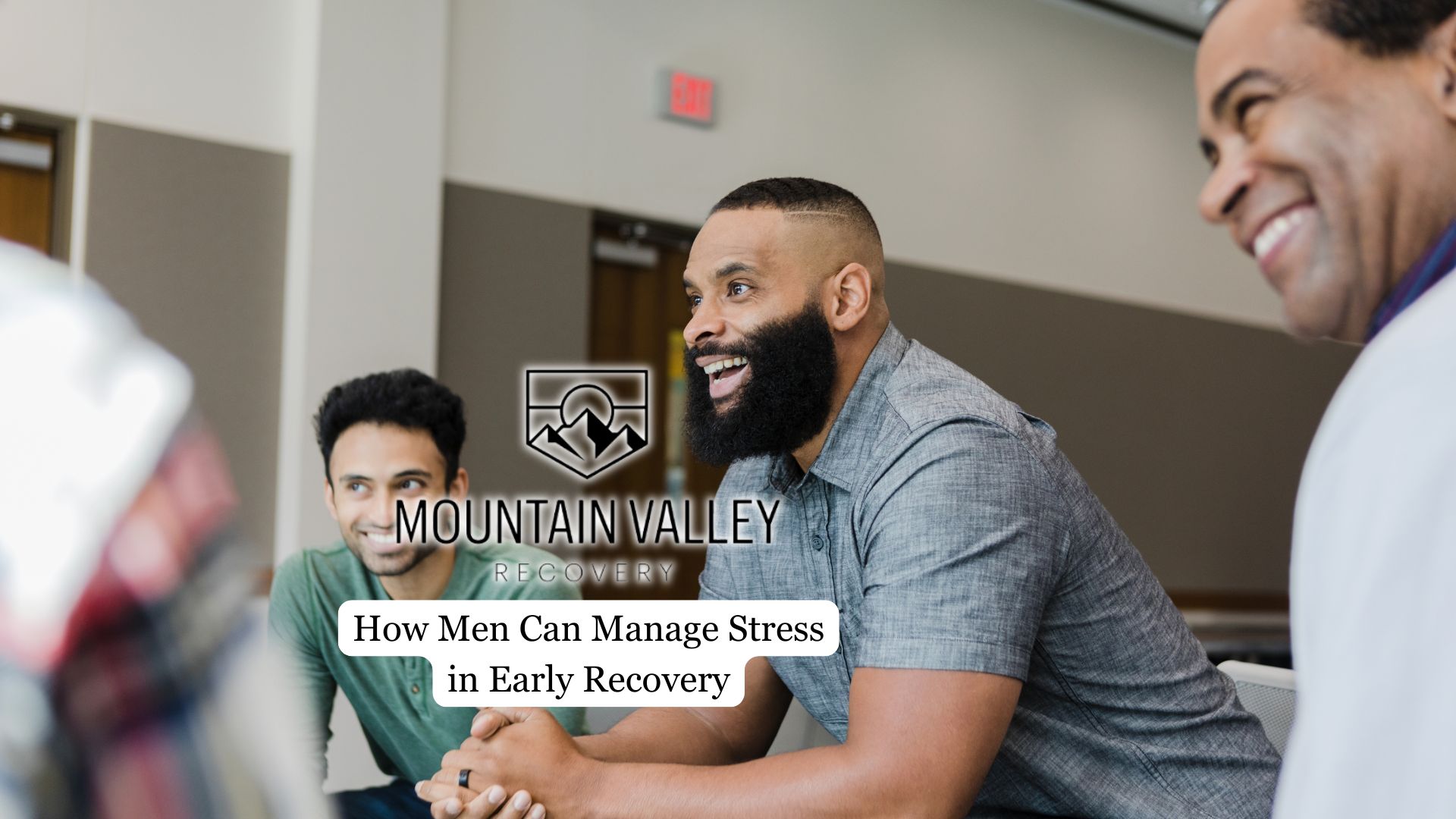Lorazepam is a widely prescribed benzodiazepine that can effectively relieve anxiety, ease insomnia, and help manage seizures. However, its powerful calming effects come with serious risks, especially when combined with certain medications or substances. Mixing lorazepam with the wrong drug can lead to extreme sedation, dangerously slow breathing, and even life-threatening overdose.
To use this medication safely, it’s essential to understand which combinations to avoid. This article explores the most common and most dangerous drug interactions with lorazepam, so you can protect your health and prevent harmful side effects.
Understanding Lorazepam
Lorazepam (Ativan) works by binding to gamma-aminobutyric acid (GABA) receptors in the brain, increasing GABA’s inhibitory effect. This slows down nerve activity, producing calming, muscle-relaxing, and anticonvulsant effects. Because it depresses the central nervous system (CNS), anything else that slows brain and respiratory activity can have a compounded effect.
Even substances that don’t directly depress the CNS can interfere with lorazepam’s metabolism in the liver, affecting how long it stays in your system and how strongly it acts. Over time, misuse or long-term use can lead to tolerance, dependence, and difficulty stopping without professional support.
For men facing these challenges, a specialized Ativan addiction rehab program provides medically supervised care, evidence-based therapies, and a supportive environment to break free from benzodiazepine dependence and reclaim a healthier, more balanced life.
Narcotic Pain Medications
Opioids such as oxycodone, hydrocodone, morphine, fentanyl, and codeine are among the most dangerous substances to mix with lorazepam. Both drugs slow breathing, reduce alertness, and impair coordination. When combined, the sedative effects are magnified, increasing the risk of overdose and death.
The FDA has issued black box warnings for combining benzodiazepines with opioids, urging healthcare providers to use extreme caution and closely monitor patients who require both.
Alcohol
Alcohol is a powerful CNS depressant. Even a small amount can dangerously intensify lorazepam’s sedating effects, leading to severe drowsiness and confusion, poor motor control and judgment, suppressed breathing and lower heart rate.
Because alcohol and lorazepam compete for metabolism in the liver, alcohol can also cause lorazepam to remain in your system longer, prolonging impairment.
Other CNS Depressants
Combining lorazepam with other sedating medications, such as barbiturates, additional benzodiazepines like diazepam or alprazolam, sleep aids such as zolpidem or eszopiclone, or muscle relaxants like baclofen and tizanidine, can dangerously intensify its effects. These additive sedative properties slow reaction time, impair coordination, and heighten the risk of falls, accidents, and potentially fatal overdose.
Certain Prescription Medications
Some prescription drugs can cause dangerous interactions by enhancing sedation or interfering with lorazepam metabolism:
- Antidepressants – Selective serotonin reuptake inhibitors (SSRIs) like paroxetine or serotonin-norepinephrine reuptake inhibitors (SNRIs) like duloxetine may increase drowsiness and impair coordination.
- Antipsychotics – Medications like quetiapine or olanzapine can magnify sedative effects and impact blood pressure.
- Anticonvulsants – Drugs such as pregabalin and gabapentin can heighten CNS depression.
- Certain antibiotics & antifungals – Medications like erythromycin, clarithromycin, or ketoconazole may slow lorazepam metabolism, raising its levels in the bloodstream.

Over-the-Counter (OTC) Medications and Herbal Supplements
Even non-prescription remedies can cause harmful interactions:
- Antihistamines (diphenhydramine, chlorpheniramine) can significantly increase sedation.
- Cough and cold medicines with dextromethorphan or pseudoephedrine can either increase drowsiness or cause unpredictable stimulation-sedation cycles.
- Herbal sedatives such as valerian root, kava, or passionflower may dangerously amplify lorazepam’s calming effects, leading to extreme lethargy or confusion.
Illicit Substances
Illicit substances can interact with lorazepam in unpredictable and often dangerous ways. Stimulants such as cocaine and methamphetamine may mask the drug’s sedative effects, but they place added strain on the heart and nervous system, increasing the risk of cardiovascular complications.
Club drugs like GHB and ketamine can cause profound sedation, severe respiratory depression, and significant memory loss when taken alongside lorazepam. Even cannabis, which is often underestimated, can amplify confusion, dizziness, and coordination problems due to the combined effects of THC and lorazepam on the brain.
Safe Practices for Taking Lorazepam
If you are prescribed lorazepam, follow these guidelines to reduce your risk:
- Disclose everything you take—including prescriptions, OTC medications, vitamins, and herbal supplements—to your healthcare provider.
- Avoid alcohol entirely while taking lorazepam.
- Never take more than prescribed or mix with other sedating medications unless approved by your doctor.
- Attend regular check-ins to adjust dosage and monitor side effects.
- Watch for warning signs such as extreme sleepiness, slow breathing, confusion, or loss of coordination—seek emergency help if these occur.
Final Thoughts from Mountain Valley Recovery
Safely using lorazepam means understanding how it interacts with other medications and substances. Avoiding dangerous combinations like narcotics, alcohol, and other CNS depressants can prevent serious side effects such as extreme sedation, respiratory depression, and even overdose. Staying informed and following medical guidance are key to protecting your health.
At Mountain Valley Recovery, our Ativan and benzodiazepine addiction treatment programs in Utah are designed specifically for men, addressing the unique challenges they face in recovery. Through evidence-based therapies, structured support, and a community built on accountability, we help men break free from dependence, rebuild their strength, and create a lasting path to sobriety.





